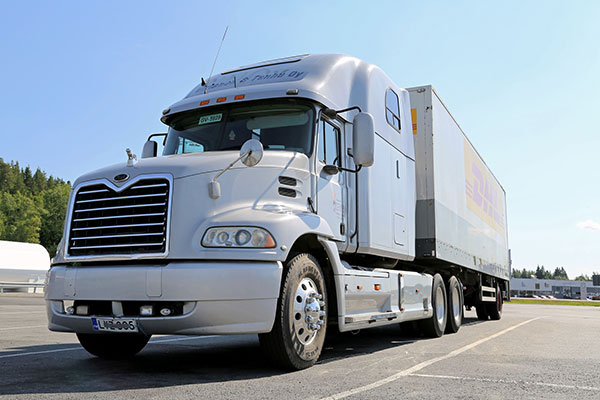
Use of light-weighting technologies will compound
growth opportunities
Global mega truck sales to see 5.7pc growth
LONDON, July 27, 2017
Global sales penetration of mega trucks is expected to increase from 3.4 per cent to 5.7 per cent for total heavy duty (HD) truck sales from 2016 to 2025, with units growing at a compound annual growth rate of 10.6 per cent, a report said.
The research titled “Global Mega Trucks Market, Forecast to 2025” from Frost & Sullivan, a growth partnership company, examines trends, drivers, opportunities, challenges, and technology developments impacting the global mega truck market through 2025.
Along with easing traffic congestion, lowering emissions, cost per ton, and growing freight demand, mega trucks can improve fleet operational efficiency and enhance capacity. However, significant obstacles lay ahead with serious questions around safety and the impact on infrastructure and the environment, the study said.
Overcoming legislative hurdles and negative public opinion will be critical in promoting mega truck usage. By improving safety features and advocating the use of light-weighting technologies, the trucking industry could boost the feasibility of mega trucks.
“Digital transformation and autonomous trucking will play an important role in expediting the adoption of mega trucks through better connectivity and safety features. With bigger engines and higher payload capacities, mega trucks are expected to incorporate more value features, especially in developing markets,” said Frost & Sullivan Mobility research analyst Marshall Martin.
“Mega trucks in the future will be built on common platforms for similar markets such as China, India, and South America.”
The growth of mega trucks is highly dependent on lawmakers in specific regions laying down regulations that take into account the impact on infrastructure, environment, society and other modes of transport. From a regional perspective:
• Australia leads the current use of mega trucks in terms of penetration rates;
• Mega trucks are allowed nationwide in the Scandinavian region, but are not allowed to cross over the European border;
• In Germany, mega trucks are only allowed on selected routes in some states;
• Spain has recently run mega trucks with special permits on specific routes;
• Sweden is currently running trails for trucks that are 32m (105ft) long and weigh 90 tons;
• Trials have occurred for mega trucks in France and the United Kingdom, but have been rejected;
• Driven by a strong mandate and support infrastructure, North America is expected to accommodate more mega trucks;
• Emerging economies such as China and India are expected to marginally extend limits on truck weight and length in the long term; and
• Infrastructure developments will be a key factor in the development of mega trucks in India.
“A proliferation of mega trucks, where on average two mega trucks would replace three normal-sized trucks, would have a negative impact on the sales of trucks, thereby affecting OEM revenues,” noted Martin.
“These companies should look toward creating alternate sources of revenue through investing in or acquiring companies present in the safety, lightweighting, telematics, and mobile-based freight aggregation fields.” – TradeArabia News Service







